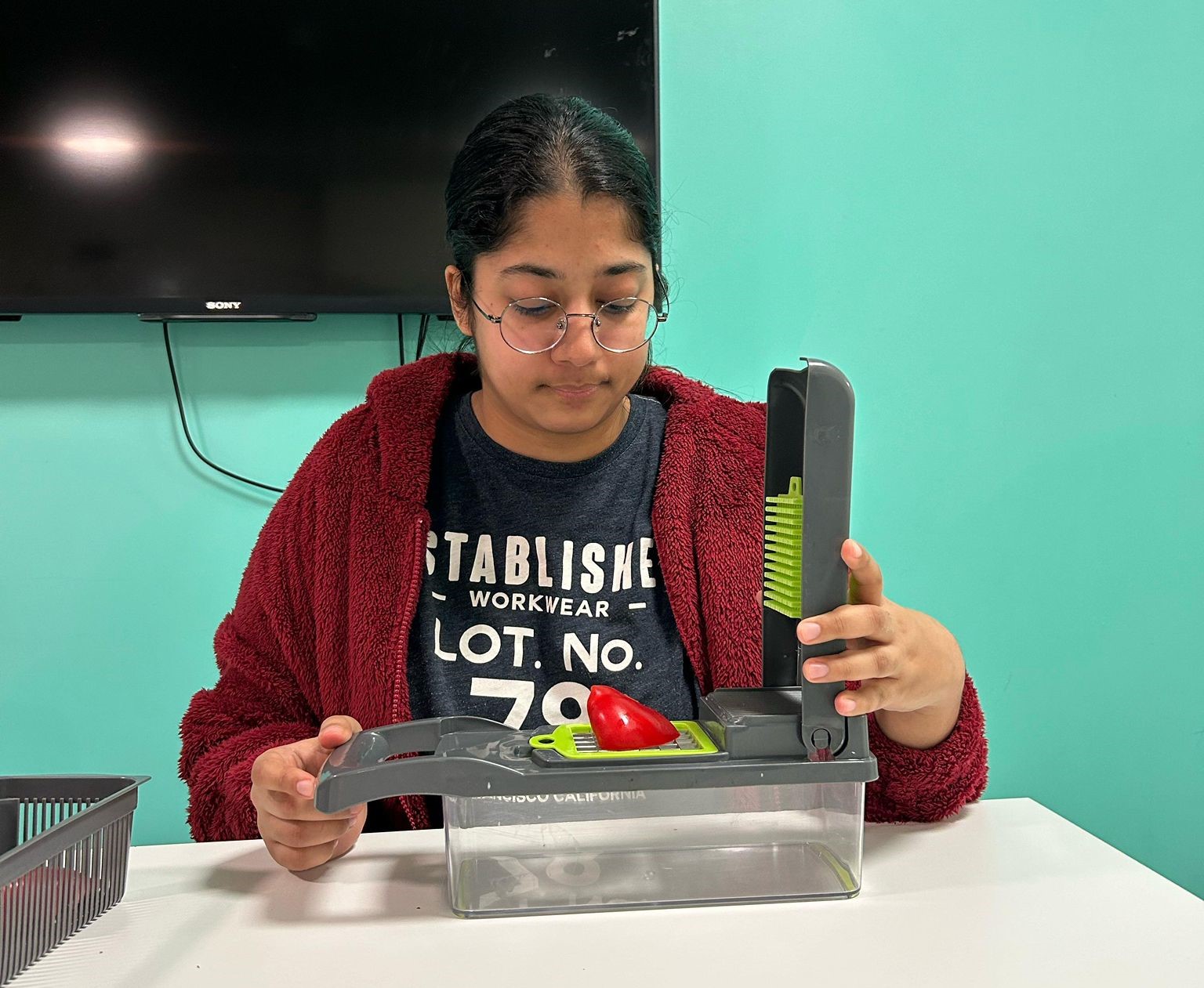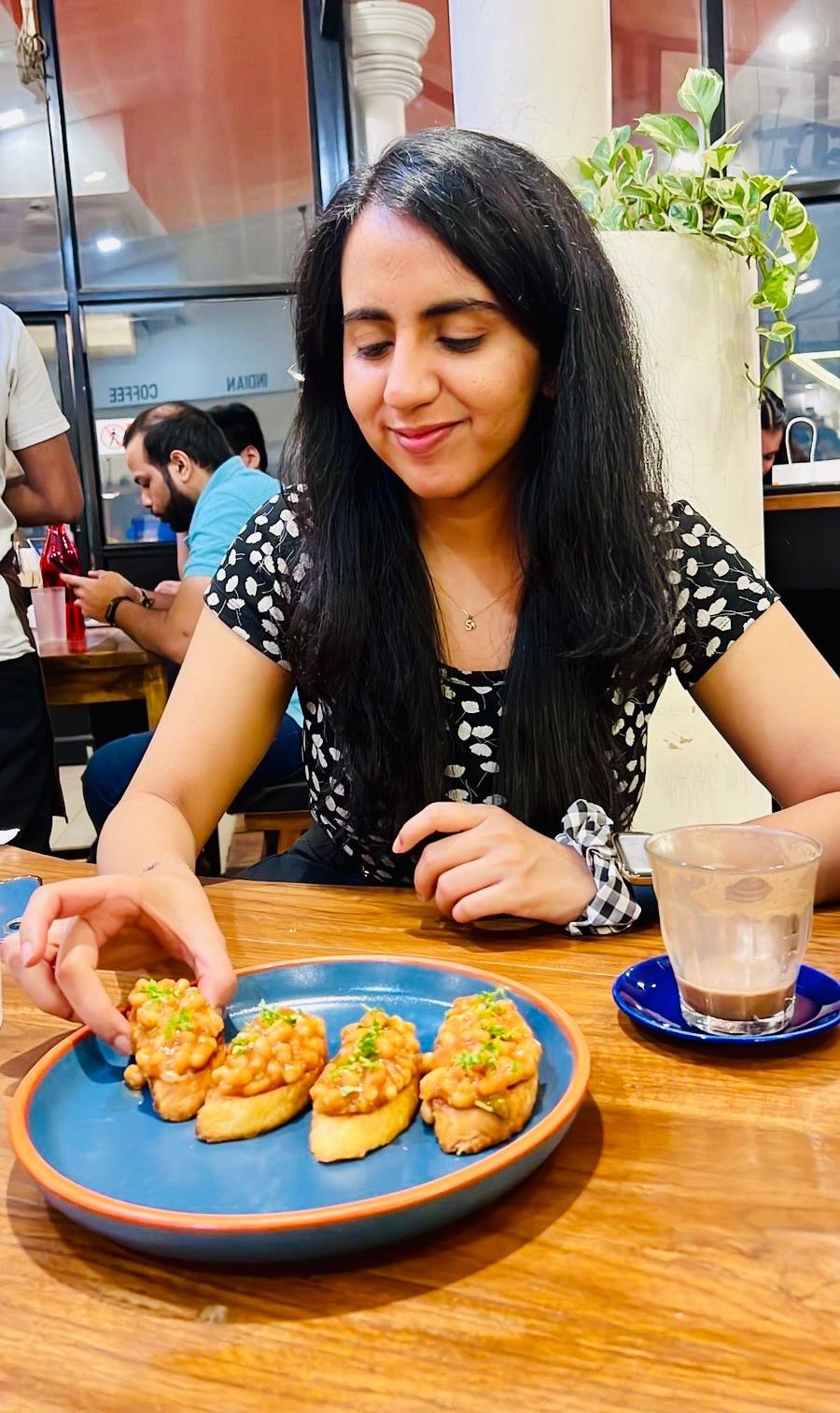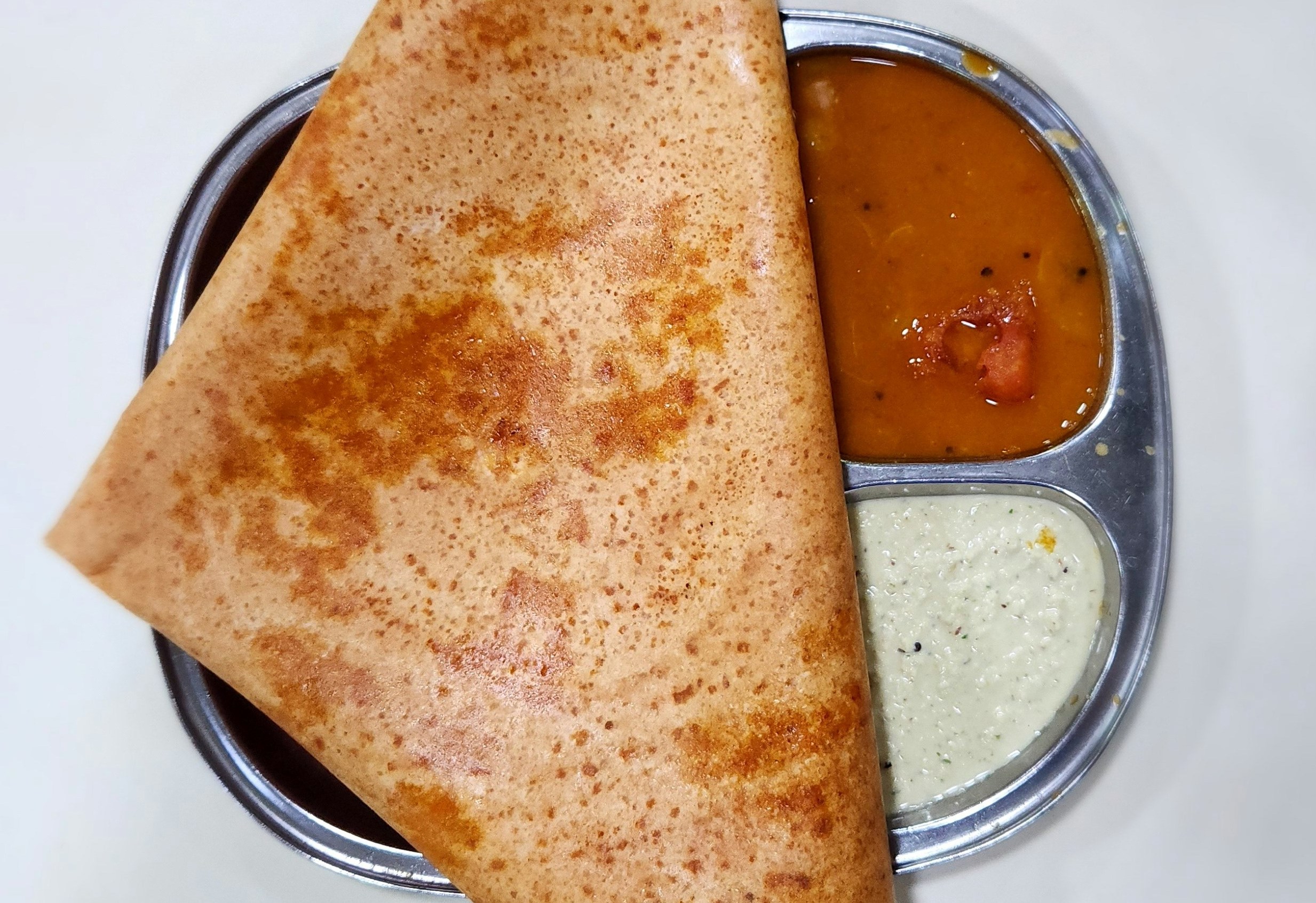From ready-made gravy to frozen flatbread, young Indians tell Nivedita Nayak their favourite hacks for adapting Indian cooking to London living.
For Indians who live independently and cook on their own, making fresh Indian food is hard work. A regular Indian meal is rarely a one-item dish. Even breakfast meals can be time-consuming: take idli-sambar (savoury rice cake with vegetable and lentil stew), dosa-chutney (rice batter crêpe with coconut chutney), and puri-bhaji (deep fried bread with potatoes). An Indian meal is often a combination of a curry and dal (lentil soup) with either rice or flatbread. Fixing yourself two meals a day, with an array of ingredients, spices, and tools can certainly be a time-consuming process.
So how do young Indians go about making themselves home-cooked meals? Bhagyashree Jagdish, 23, swears by the vegetable slicer she bought after arriving in London for her postgraduate studies last year. Mostly preferring to eat vegetables with rice or tortillas, the machine helps to cut all types of veggies, ready for cooking.
“With the slicer, 15 minutes of chopping is brought down to four or five minutes,” says Jagdish.
Preparing the ingredients can sometimes be the most time-consuming part of making Indian food or a curry. This often includes mixing the spices, marinating the meat, and cutting the vegetables. In fact, an average Indian dish is known to have at least seven ingredients.

For some, batch veggie chopping is the answer. Bayes Business School student Devanshi Agrawal reveals: “We cut onions and bell peppers for the week and store them in boxes. It helps save time and effort for our daily cooking as we use these two vegetables for everything.”
For some, the constraints of shared spaces have impacted their food choices. “I tasted the readymade rotis here,” Jagdish says. “I do not like any of them.” Unfortunately, the cramped environment of a shared student kitchen limits the amount of time one can dedicate to a dish: “I can’t hog the induction hob for three hours or use the mixer for 20 minutes to make multiple batches,” she continues.
But with increasingly busy lifestyles and limited time to spend in the kitchen, single Indians and students are comfortable with bending the rules. For Ankit Rai, it is ready-made gravies to the rescue when he lacks the bandwidth to make curries the usual way.
“Ready-made gravies are a good option as you can just toss meat, paneer, or vegetables to make a quick curry,” says the 31-year-old engineer who lives in London’s Shadwell. “But if I can, I always prefer cooking it from scratch as I desire that very authentic taste. Ready-made gravies have a standardised flavour made to appeal to the masses.”
To skip the whole struggle of preparing different curries and chopping up vegetables, Shreya Mishra balances curries with a variety of pulses.
“You may not have vegetables or curries sometimes but you can still ensure variety in your meals by having different types of lentil soups with rice or flatbread,” says the 28-year-old credit and risk solutions manager. “I always have three types of dals in my kitchen – yellow, brown, and green. I keep alternating between them. Making sure to temper the lentil soups with cumin, onion, tomatoes, and spices further enhances their flavour.”

In South Asian cooking, tempering involves briefly cooking whole spices in oil or clarified butter
to release the flavours locked within the spices. The infusion is added to a dish, giving the food a distinctive aroma and taste.
These are some of the ways young Indians navigate the challenges of busy schedules, shared spaces, and mastering a complicated, effortful cuisine. Whether relying on frozen flatbread, meal prepping, or strategic cooking, these kitchen hacks reflect a commitment to having flavourful Indian food in the face of a labour-intensive process. When asked if the students had any other hacks up their sleeves, the eternal alternative is promptly acknowledged as one of them quips: “Takeouts!”
